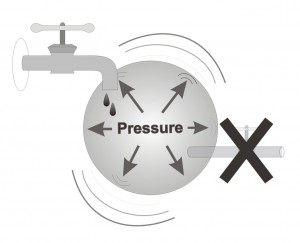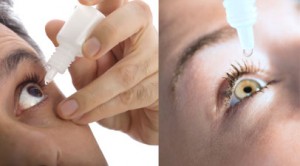Once diagnosed with glaucoma, it is essential to lower and balance the intra-ocular pressure as much as possible. The term to ‘balance’ refers to decreasing the pressure to values in which it is expected that the disease will no longer continue to progress, or at least will be significantly slowed down.
Generally there are three methods for treating glaucoma: medical treatment, which is given in the form of eye drops, laser treatment and surgery. In the majority of cases, your physician will start with medical treatment and at a later stage, if needed; laser treatment will be added on top of the medical treatement. Those patients whose disease cannot be balanced by medications (and when suitable also with laser), will be referred to surgical treatment.
The decision as to how to treat glaucoma patients leans on the one hand on the large amount of knowledge which has been accumulated from many years of research and of treating patients, and on the other hand on the understanding that it is necessary to tailor the treatment to each patient individually. The meaning of this is that though the common factor among all glaucoma patients is the desire to decrease intra-ocular pressure, the decision as to which medications to use and weather or not laser or surgical treatment are required is individualized and tailored to the condition of each affected eye.
Such decisions take into consideration the severity of the disease, damage already present to the optic nerve and to the visual field occurring prior to the day the disease was diagnosed, the age of the patient, his occupation, and the condition of the second eye. Information is obtained during a thorough eye examination, including which sub-type of glaucoma is present in that eye, the presence or absence of other diseases (be it cataract, cornea, retina, etc…), as well as other clinical characteristics of each eye. Frequently, both eyes of the same individual will be treated differently. For instance, it is not uncommon that a decision will be made to operate on the right eye due to severe damage and elevated intra-ocular pressure, while on account of only mild damage to the optic nerve and visual field, in the presence of only mild elevation of the intra-ocular pressure, the left eye might be treated successfully with the use of two medications only, with no need for either laser nor surgical treatment for the better eye.
Glaucoma is a chronic disease which demands a lifetime of treatment and supervision. Teamwork and full cooperation between the ophthalmologist and the patient are necessary in order to successfully treat glaucoma. The eye doctor can recommend the correct medical treatment, but only the patient himself can make sure that the prescribed medications are being taken as instructed. (Stated otherwise, your physician can help bring the appropriate medication bottles to your home, but only you can place those eye-drops into your eyes.)
A patient who neglects treating himself may lose additional nerve fibers in an accelerated manner, and in the future may loose his vision altogether. On the other hand, a patient who is well aware of his condition, fully understands the importance of treatment and treats his disease accordingly, in most cases will be able to lead a life without deterioration of his vision and quality of life.
Treating secondary glaucoma
Secondary glaucoma is a situation where a different condition which is termed the primary disease state, causes an increase in intra-ocular pressure as a secondary phenomenon. Such primary conditions may include diabetic damage to the retina, a vascular occlusion (thrombosis), a blow (trauma) to the eye, bleeding within the eye, and a host of other nasty conditions.
The primary goal in eyes having secondary glaucoma is to deal with the fundamental problem either by medications or by surgery, and to try to decrease the intra-ocular pressure as much as possible, as is done in cases of primary glaucoma. As a rule of thumb, treating secondary glaucoma is more difficult due to the often low vision potential caused by the primary condition. Secondary glaucoma is often more difficult to control, when compared to primary glaucoma. However, one optimistic aspect of secondary glaucoma is that in secondary glaucoma, most often only one eye is damaged, while primary glaucoma usually involve both eyes of an affected individual.



